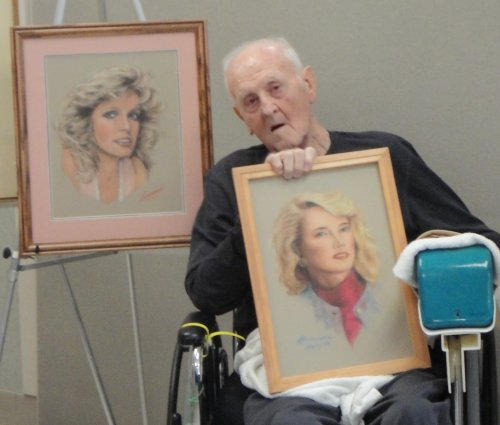ShopDreamUp AI ArtDreamUp
Things Change, Do They?
Of course things change, but is it too fast or not fast enough. I'm listening to Harold Melvin and the Blue Notes 1975, and thinking of all of the music, art and literature that goes with what's going on. The riots in Baltimore were the first to awaken me. Teaching the year, ROOTS, aired and teachers like myself had to spend half of our time calming down the students. We often forget until we get a new slap on the head. I didn't have a cell or computer. WE CAN DO THIS. Enjoy the work and instead of an answer, please post some work you find amazing. I have very limited computer time and am still learning. You're never forgotten. 1975 Wake up everybody no more sleepin' in bed No more backward thinkin' time for thinkin' ahead The world has changed so very much From what it used to be There is so much hatred war an' poverty Wake up all the teachers time to teach a new way Maybe then they'll listen to whatcha have to say 'Cause they're the ones who's coming up and
A Cover is Not the Book
It's been awhile and I miss this part a lot. There were 2 things on my mind. Being REAL , KINDNESS and HUMILITY. The videos matter,please watch.Then, enjoy these artists, they matter to me. Please read to the bottom, this one means a lot. And most important, YOU MATTER TO ME. Why my video? It's my voice and art, but most of all, I remember Normy {Visionart}and Jocelyne signed my Youtube page. I miss them so much. Jocelyne
I'm lost and so Happy
I'm trying. My website was awarded today. Many DA members are on it. If I missed you, please forgive me. This new setup has me confused. Bless you all. jazzwritesandsingsforyou.com Press Release Susan Johnston Owen Receives 2019 Best of Springfield Award Springfield Award Program Honors the Achievement SPRINGFIELD November 15, 2019 -- Susan Johnston Owen has been selected for the 2019 Best of Springfield A ward in the Business Coaches & Consultants category by the Springfield Award Program. Each year, the Springfield Award Program identifies companies that we believe have achieved exceptional marketing success in their local community and business category. These are local companies that enhance the
And it Goes like this....
I can't explain what is going on with me, and the drs. are confused, however, I'm still kicking.
Forgetting the last 12 months would be impossible and I won't dwell, but it's always wonderful to see how many people care.
The only way I could communicate for months was with my phone, so none of my cute comments were lost. Texting is a joke with me, ten typos, I'm done. Jocelyne's passing affected me deeply, and I decided to work hard on my health. I'm younger than she was, but anybody at any age can crash, please take good care. My father mowed the lawn, had a heart attack and died; he was only 68. At 99 my grandmother and aunt died in t
© 2015 - 2024 SueJO
Comments59
Join the community to add your comment. Already a deviant? Log In
My hidden comments aren't bad, they're from a hypocrite.





